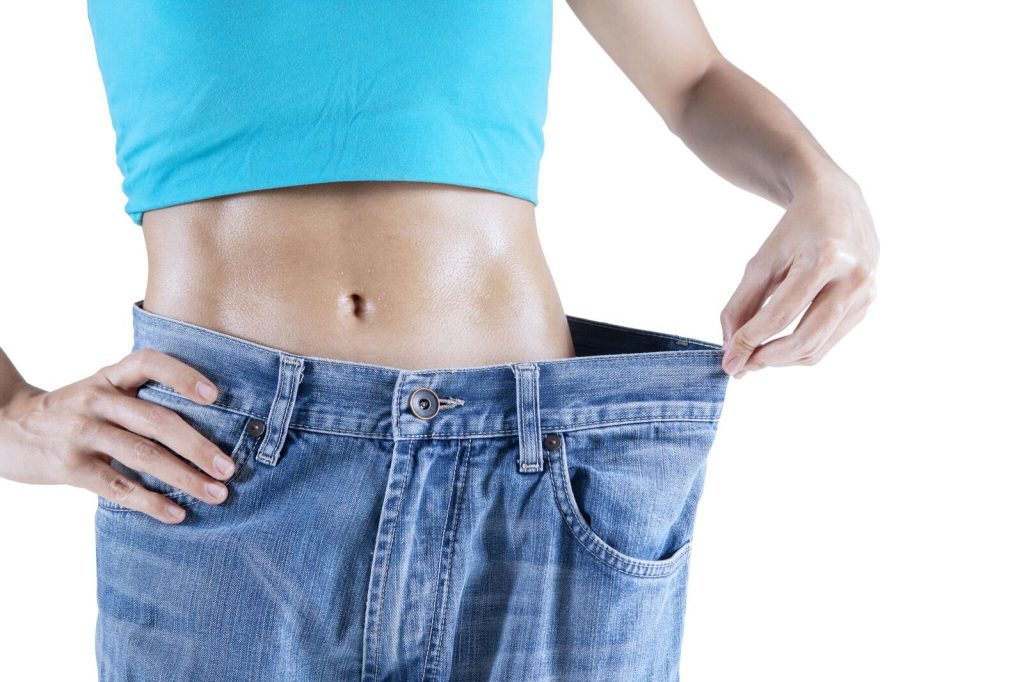When you read a title like this, it should fire up your Bull S**t detector!
You should be expecting an article full of miracle diets, sexy new supplements, or juice cleanses.
Sorry to disappoint.
At Diabetic Muscle and Fitness, we only deal with strategies that are backed by science and have a consistent track record with our weight loss clients.
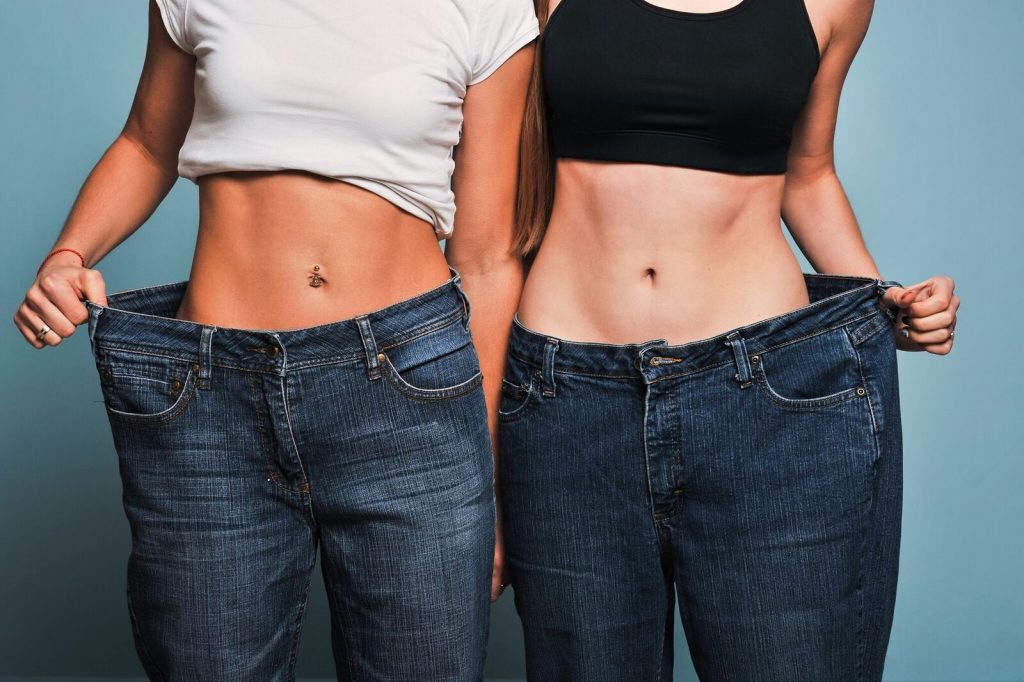
So ask yourself:
Do I want to kick-start my fat shredding efforts by losing 15 pounds in 28 days?
Do I want to use tried and tested strategies?
Do I want to know how to easily implement these strategies?
I thought so.
As you read this article you will discover the simple 5 step process. When you follow these you can expect to shred 15 pounds of body fat in 28 days!
Special note. We are not saying these 5 steps will lead to 15 pounds of fat loss every 28 days. We are saying for the first 28 days, i.e. YOUR FAT LOSS ACCELERATION PERIOD.
After 28 days your fat loss will slow, but by then you will have new habits, and there will be no looking back.
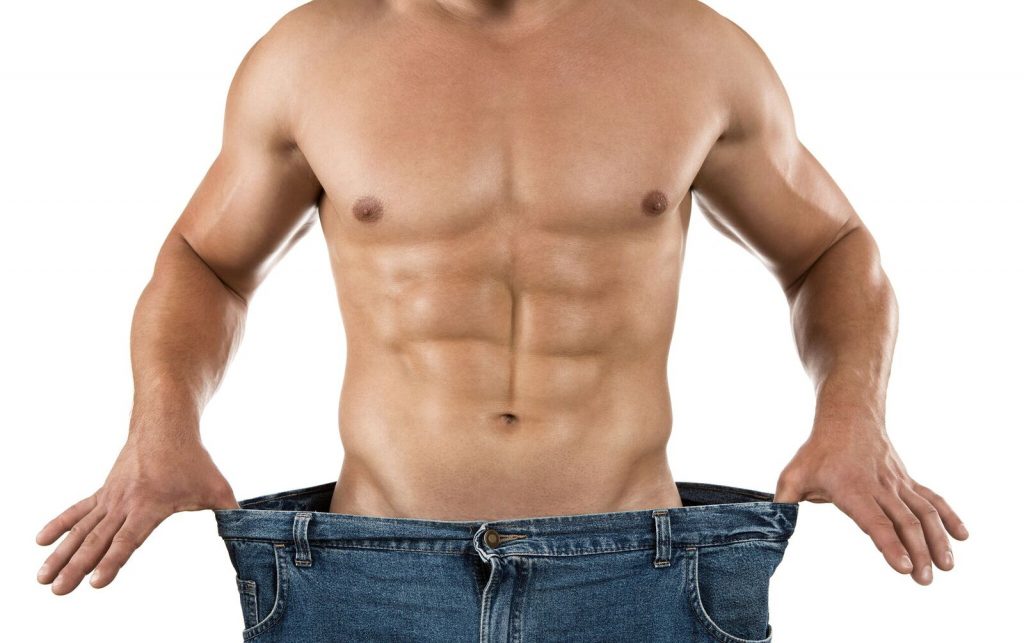
Ready to find out how to lose 15 pounds in 28 days?
Let’s go.
Step 1: Be in a 1,000 – 1,500kcal daily energy deficit for the first 28 days.
There is no such thing as a free lunch when it comes to shredding fat. If you want to lose the flab, you need to be in a negative energy balance.
Normally you would only want a 500kcal daily negative energy balance for a weekly loss of 1-2 pounds. But in the first 28-day fat loss acceleration phase, you need a greater daily deficit of 1,000 – 1,500kcal. This will shred 3-4 pounds of fat every week, for the first four weeks.

As a general guide, if you are a female, your daily maintenance kcal will be about 2,000 kcal per day. Therefore you would need to restrict daily kcal to 800-1000kcal. No lower than 800kcal.
As a general guide, if you are a male, your daily maintenance kcal will be about 2,500 kcal per day. Therefore you would need to restrict daily kcal to 1000-1200kcal. No lower than 1000kcal.
The above examples are GENERAL estimates. You can go to an online nutritional requirements calculator to work out your specific daily maintenance kcal – like this one.
Better still, get a coach who can calculate your nutrition requirements, taking into consideration your weight loss history.
Should you go Low Carb or Low Fat?
The answer is: IT DOES NOT MATTER.
The definitive study, DIETFITS, has just answered this very question. Stanford University recruited 609 people into a year-long study. Half of them followed a Low Carb diet, less than 20g of carbs per day, and the other half a Low-Fat diet, less than 20g of fat per day (1).
Which group lost the most after a year?
Both groups lost on average 13 pounds over the year. This is 2 pounds less than you will in 28 days.
In both the Low Carb and Low Fat groups, the people who followed the diet to the letter every day lost up to 60 pounds. Those who did not follow the diet gained up to 20 pounds.
This study should tell you one thing.
Fat loss is achieved by hitting a consistent daily kcal deficit.
So sustainable success comes from following the type of diet you enjoy and can stick to for the long term.
For the people with Diabetes who dose insulin for their meals, you will need a dosing method that fits your chosen diet type. You can learn how to do this by reading this article.
This being said, you will be well-served following the 80:20 rule: 80% of your diet should be real quality food such as quality cuts of meat, fruits & vegetables, nuts, and beans, leaving 20% for “junk food”.
In fact, with such a low daily kcal intake for the first 28 days, you would benefit from following the 90:10 rule. This will ensure you get adequate vitamins and minerals.
After the 28 days, you can relax, reducing the daily deficit back to between 500-700kcal each day. This will prevent your metabolism from slowing, and stop you from dreaming and daydreaming about never being allowed chocolate biscuits ever again!
Step 2: Protein intake of 0.7 – 1.0 grams per pound of body weight (1.4 – 2.2g per kilogram)
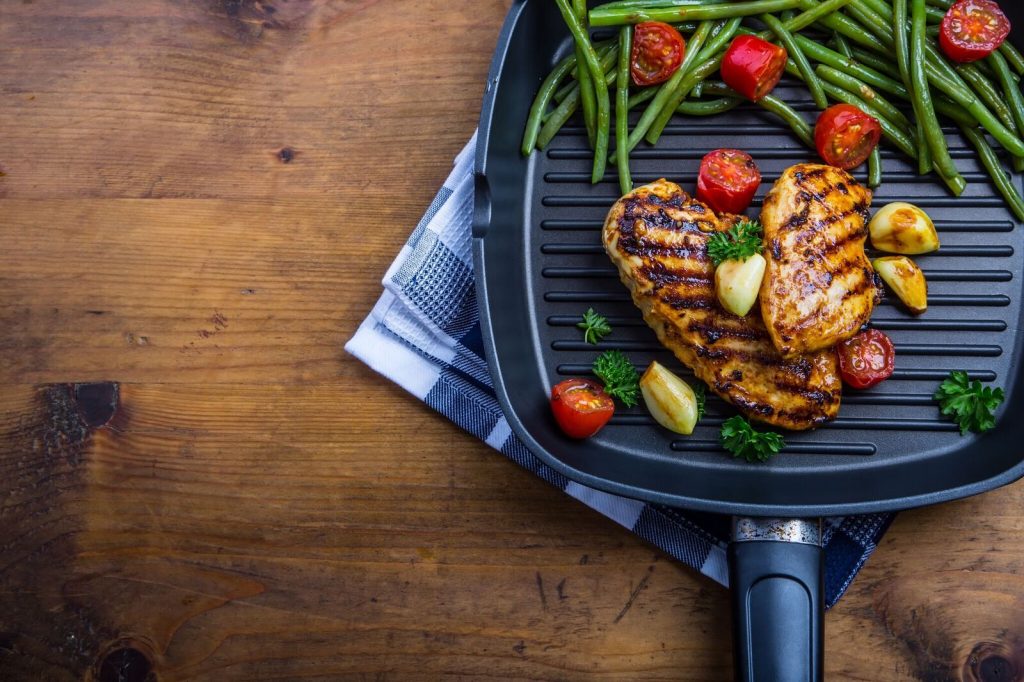
For shredding fat, we have just discussed it does not matter if it’s low carb, low fat, or somewhere in-between. However, consuming enough protein DOES MATTER.
Why?
Three reasons backed by science (2):
First, protein provides the building blocks necessary to preserve lean muscle tissue from the resistance training you will be doing.
Second, of all the macronutrients, protein keeps hunger at bay, by keeping you feeling fuller for longer. Keeping your protein intake high is essential to manage the food cravings during the 28-days.
Finally, to digest protein, your body has to work very hard. This will go towards your daily negative energy balance.
To get the most out of your protein intake, it is best to spread it out over 3-5 meals with at least 20-30g at each meal.
- 3-4 eggs
- Tin of fish
- Palm size of chicken or meat
- 150-200g cottage cheese
- 400g mixed beans and legumes
- 25-40g protein powder (Whey, Pea, Hemp, Cricket)
For most people, this means changing your breakfast to include a protein source.
Step 3: Resistance training three times per week and 10,000 steps per day.
What will happen if you put your body into a 1000-1500kcal daily energy deficit without resistance training?
You guessed it.
You will lose lean muscle mass – exactly what you do not want.

To maintain your precious lean muscle mass, you must put your muscles under stress. This sends the message to prioritize keeping muscle tissue. What will be burned instead of muscle? Your fat, exactly what you want!
The best approach is to resistance train three times a week, using large muscle group exercises. For the maximum effect you should incorporate exercises from each of the five key movement patterns: Squat, Push, Pull, Hip Hinge and Walk.
Your program should ensure progressive overload to ensure adequate stress is put on the muscles.
If you are not sure how to create a resistance training program, you should seriously download our infamous Diabetic SHRED Program.

But what about cardio, you surely need cardio to lose 15 pounds in 28 days?
In a word, NO!
It is the daily energy deficit that will drive the fat loss. So it is more important to keep your overall daily activity level high. Doing 15-30 minutes cardio 2-3 times a week will not do that.
What will?
Keeping your daily step count at 10,000 will ensure your energy usage remains high 24/7!
Not just when you put your lycra on.
Step 4: Get 7-9 hours quality sleep each night.
Pay attention Simon Cowell. Sleep is the X-factor.

Without a doubt, not getting enough quality sleep is one of the main reasons for failure where fat loss is concerned.
Why?
Sleep is when your body recovers both physically and mentally, and re-sets ready for the next day.
After a poor night’s sleep, your stress hormone cortisol increases, your hunger hormone ghrelin increases, and your insulin resistance increases, by up to 20%!
Just imagine what this does to your glucose control.
If that were not enough, your positive mood hormones Serotonin and Dopamine decrease.
Combined, this leads to poor food choices, not going to the gym, failing to hit 10,000 steps per day, and no interest in tracking your progress!
So sleep can either be your X-factor, or your reason for failure.

These simple tips are taken from one of our other popular articles on the seven tactics to revolutionize your sleep,
- No blue light technology after 8 pm (SMART phone, laptop, tablet)
- No caffeine after 2 pm
- No intense training after 7 pm
- Keep your bedroom blacked out
- Have your sleeping temperature at 18-21 degrees Celsius (60-68 degrees Fahrenheit)
Step 5: What gets measured gets managed – if you are held accountable.

On average people underreport their food intake by 25-50%. We never report that handful of crisps, that slice of cake, or that latte. We are very good at fooling ourselves and others.
When you go to the gym, do you ask questions such as:
What weight did I do last week?
How many reps did I do?
What exercise was meant to be next?
This is why measuring and monitoring is ABSOLUTELY VITAL.
The method you use is not that important, just that it works for you.
For nutrition:
You could track macros by using MyFitnessPal or Cronometer.
You could use a hand portion guide.
You could invest in a personalised meal plan.
Whatever works for you.
For counting steps, you could use a Garmin, a Fitbit, or any other tracker.
For logging gym sessions you could use notes on your phone, write down the routine on paper, or you use an online tool with a coach such as Fitbot.
If you are measuring, you are half way there!
What’s the second half?
Monitoring and accountability.
Generally speaking, we are not very good at holding ourselves accountable.
Ever heard yourself saying?
I will just miss the gym today because I am busy, but I will definitely go tomorrow.
I will eat this donut now, but I promise I will make up for it tomorrow.
Does tomorrow ever come?
This is why you need to make yourself accountable. There are loads of way to create accountability.

Social Media – Post about your 28 days Fat Acceleration Phase, and update it daily – there is always someone stalking you!
Fat shredding partners – do it in a group of two or more. Why not have a betting pool where the biggest loser is the biggest winner?
Online accountability such as Stickk – create your own financial disincentive, by pledging to donate money to a cause you HATE, if you do not achieve your goal!
Hire a coach – pay for professional support, education, and accountability. Hire someone who is an expert in what you are trying to achieve. This will save you time, money and heartache in the long term. This is why top performers in all fields from sports and business hire coaches. It’s the fast track to guaranteed success.
Have you ever hired a coach before?
Maybe that’s why you’re reading this?
Let’s wrap this up.
You are now aware it is possible to lose 15 pounds of Pure Fat in a 28-day fat shredding acceleration phase. But after 28 days the fat loss will slow, and your daily kcal restriction will need to be more conservative for long-term success.
You have been through the simple 5 step plan you need to follow. You have identified the key actions you need to take.
You understand that measuring, monitoring and getting accountable are the keys to ensuring success.
All that’s left to do is to take action!
Oh and by the way, if you want to make the challenge easier and more enjoyable. You would be wise to arm yourself with a selection of delicious calorie controlled diabetic friendly meal plans. If your serious about dropping body fat and staying lean for the rest of your life you need to check out The Ultra Lean Diabetic Cookbook.
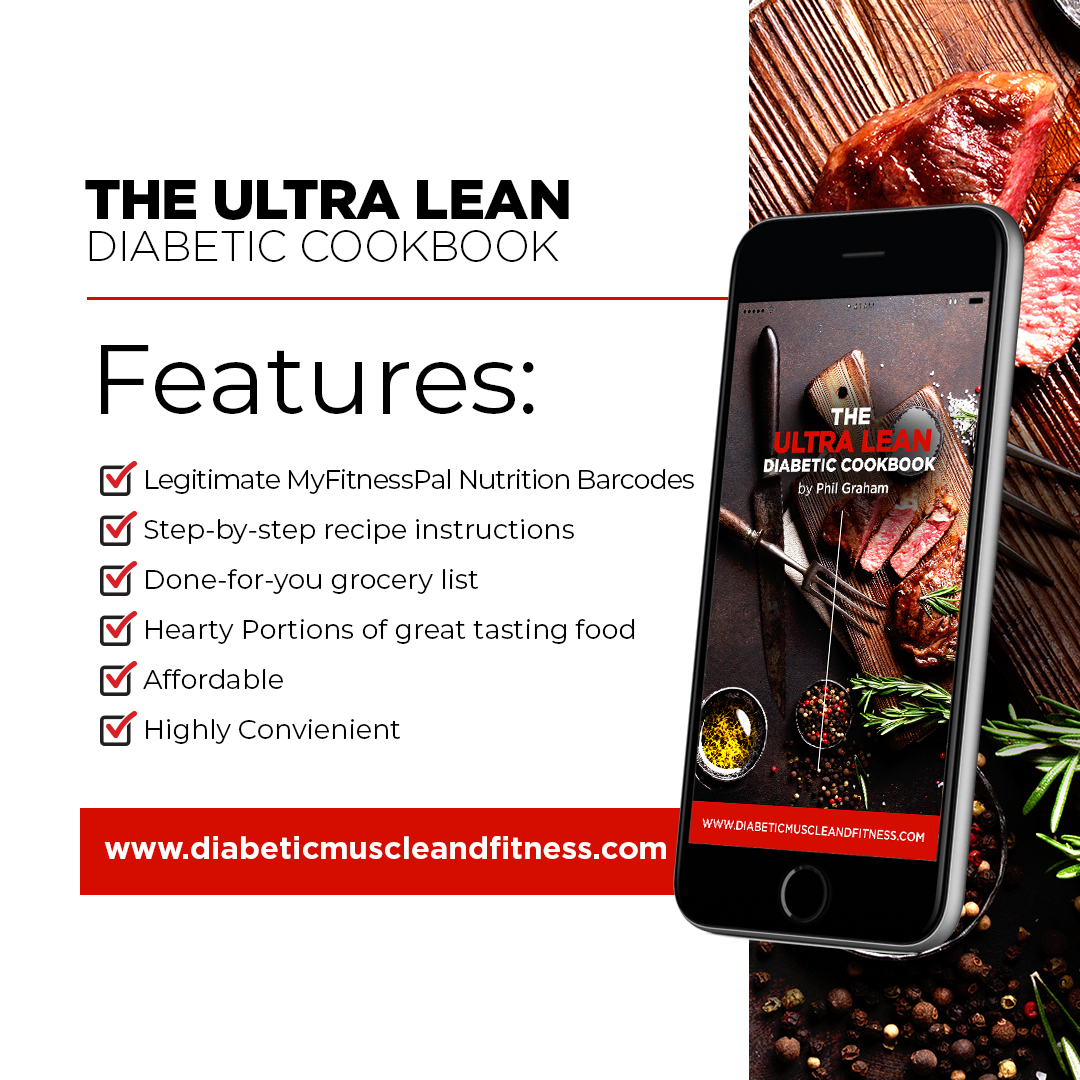
Please share this article if you found it useful.
References
(1) https://jamanetwork.com/journals/jama/article-abstract/2673150?redirect=true
(2) https://jissn.biomedcentral.com/articles/10.1186/s12970-017-0174-y

